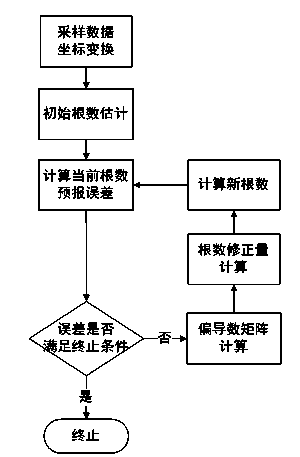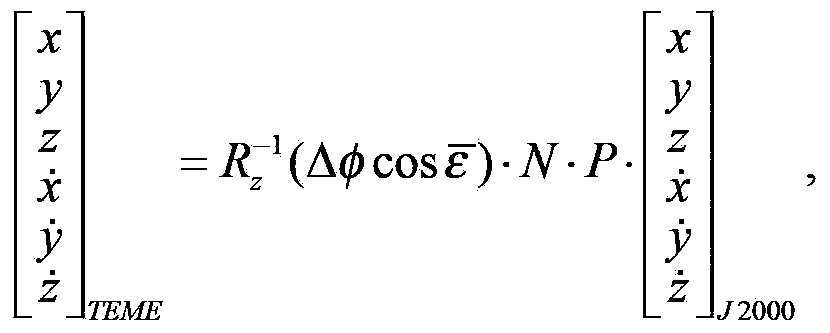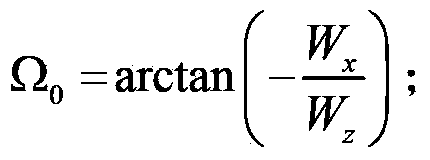Two-line element generation method based on model error compensation
A model error and root number technology, applied in the field of two-line root number generation based on model error compensation, can solve problems such as only considering, unsolved, and not considering atmospheric drag factors, and achieves the effect of small average error
- Summary
- Abstract
- Description
- Claims
- Application Information
AI Technical Summary
Problems solved by technology
Method used
Image
Examples
Embodiment Construction
[0015] Below in conjunction with accompanying drawing, the present invention is further described in detail:
[0016] Such as figure 1 As shown, the present invention relates to a method for generating two-line radicals based on model error compensation, and the specific steps are as follows:
[0017] Step 1. The observed position and velocity vector Y 0 ,Y 1 ,...,Y n To convert from the geocentric equatorial inertial (J2000) coordinate system to the true equatorial equinox (TEME) coordinate system, the transformation is as follows:
[0018] x y z x · y · ...
PUM
 Login to View More
Login to View More Abstract
Description
Claims
Application Information
 Login to View More
Login to View More - R&D
- Intellectual Property
- Life Sciences
- Materials
- Tech Scout
- Unparalleled Data Quality
- Higher Quality Content
- 60% Fewer Hallucinations
Browse by: Latest US Patents, China's latest patents, Technical Efficacy Thesaurus, Application Domain, Technology Topic, Popular Technical Reports.
© 2025 PatSnap. All rights reserved.Legal|Privacy policy|Modern Slavery Act Transparency Statement|Sitemap|About US| Contact US: help@patsnap.com



